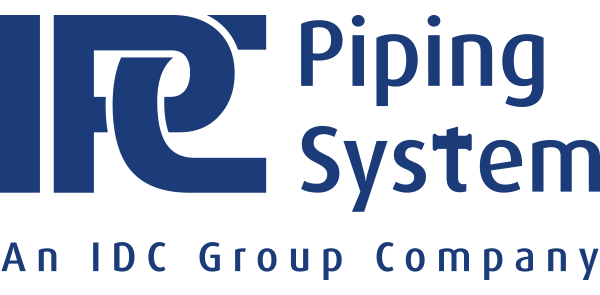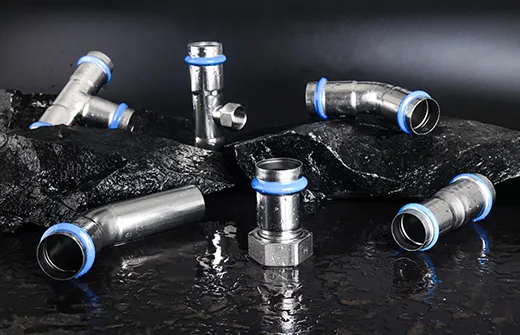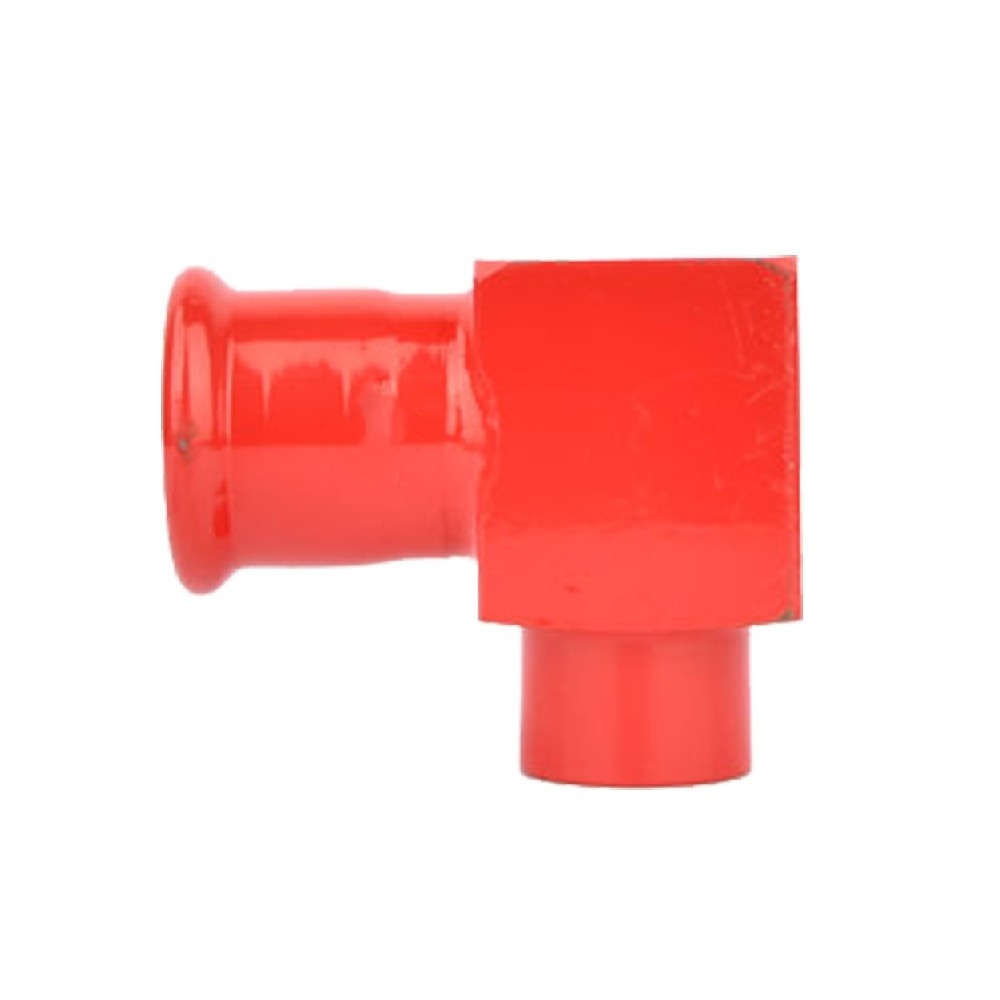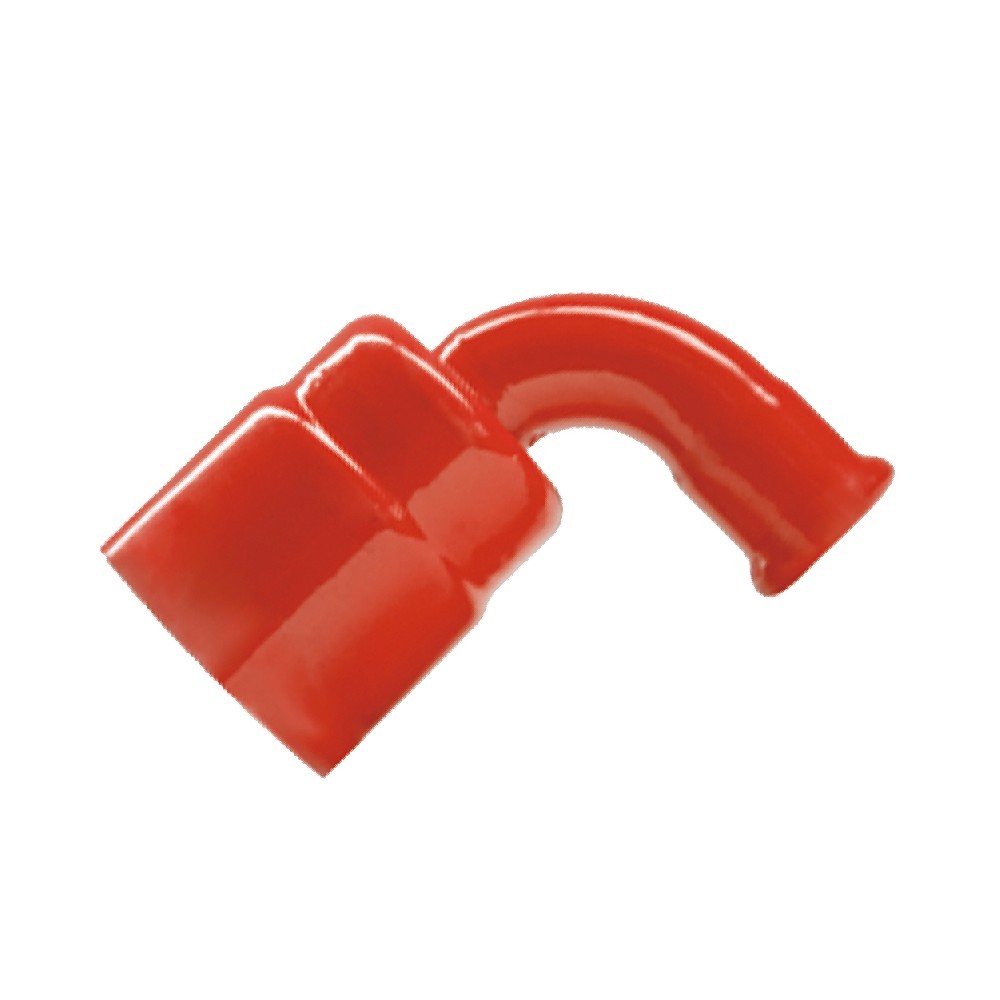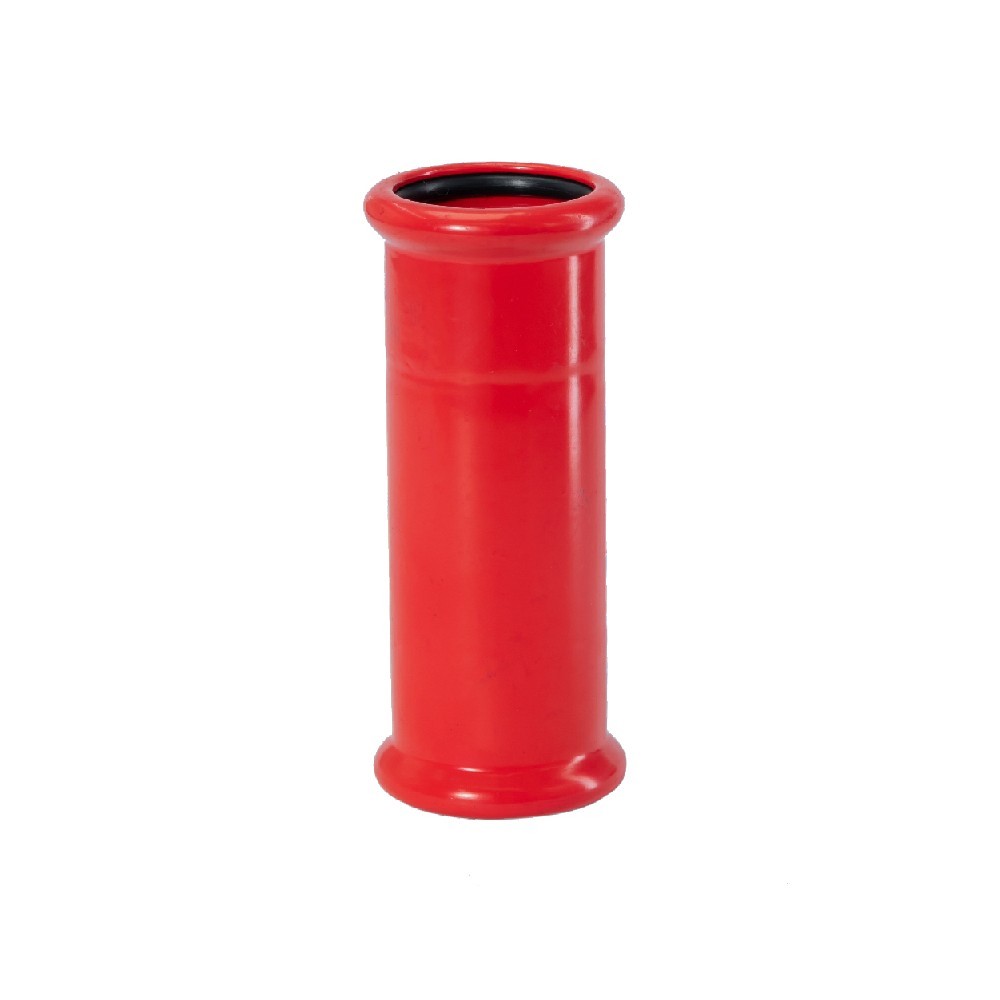Exploring the Benefits of 45° Obtuse Elbow in Steel Piping Systems
Jul 28,2025
Exploring the Benefits of 45° Obtuse Elbow in Steel Piping Systems
Table of Contents
- 1. Introduction to Steel Piping Systems
- 2. What is a 45° Obtuse Elbow?
- 3. Advantages of Using 45° Obtuse Elbows
- 4. Applications of 45° Obtuse Elbows in Various Industries
- 5. Design and Construction Considerations
- 6. Installation Best Practices for 45° Obtuse Elbows
- 7. Maintaining Steel Piping Systems with 45° Elbows
- 8. Frequently Asked Questions
- 9. Conclusion
1. Introduction to Steel Piping Systems
Steel piping systems play a crucial role in various industrial applications, delivering fluids and gases efficiently. The design and materials used significantly impact the overall performance, durability, and safety of these systems. Among the essential components that contribute to the flexibility and efficiency of steel piping systems are fittings, particularly the 45° obtuse elbow.
2. What is a 45° Obtuse Elbow?
A **45° obtuse elbow** is a type of fitting used to change the direction of flow in a piping system by making a 45° turn. Unlike the more common 90° elbows, the obtuse elbow allows for a gentler turn, which can help minimize turbulence and pressure loss in the system. These elbows are typically made from high-quality stainless steel, which provides excellent corrosion resistance and durability, making them ideal for various applications.
3. Advantages of Using 45° Obtuse Elbows
Utilizing 45° obtuse elbows in steel piping systems offers several benefits that enhance the overall efficiency and longevity of the system:
3.1 Improved Fluid Flow
The gentle turn of a 45° elbow significantly reduces turbulence, allowing for smoother fluid flow. This reduction in turbulence results in lower pressure drops, which can lead to increased efficiency and reduced energy consumption in pumping systems.
3.2 Reduced Wear and Tear
The smoother transition provided by the obtuse elbow minimizes the wear and tear on both the piping and the fluids being transported. This is particularly crucial in systems that handle abrasive materials, as it reduces the likelihood of damage and prolongs the lifespan of the components.
3.3 Versatility in Applications
The adaptability of 45° obtuse elbows makes them suitable for various industries, including chemical processing, oil and gas, and water treatment. Their ability to accommodate different flow rates and pressures allows for flexibility in design and application.
3.4 Enhanced Safety
By promoting better flow dynamics and reducing the risk of clogs or back pressure, 45° obtuse elbows contribute to a safer operating environment. This is particularly vital in high-pressure systems where safety is paramount.
4. Applications of 45° Obtuse Elbows in Various Industries
The versatility of 45° obtuse elbows extends across multiple sectors:
4.1 Chemical Processing
In chemical processing plants, 45° elbows facilitate the safe and efficient transport of corrosive substances. Their stainless steel construction ensures resistance to chemical reactions, making them a preferred choice.
4.2 Oil and Gas Industry
The oil and gas industry relies on robust piping systems to transport crude oil and natural gas. The use of 45° obtuse elbows helps maintain integrity and efficiency, especially in complex piping layouts.
4.3 Water Treatment Facilities
Water treatment plants benefit from the gentle flow dynamics provided by these elbows, which help prevent sedimentation and clogs, ensuring a steady supply of clean water.
4.4 HVAC Systems
In heating, ventilation, and air conditioning (HVAC) systems, 45° elbows are used to redirect airflow with minimal pressure loss, improving overall system efficiency.
5. Design and Construction Considerations
When incorporating 45° obtuse elbows into piping systems, several design and construction considerations must be taken into account:
5.1 Material Selection
Choosing the right material for elbows is critical. Stainless steel is often preferred for its strength, resistance to corrosion, and ability to withstand high temperatures and pressures.
5.2 Proper Sizing
Ensuring that elbows are appropriately sized for the piping system is essential to avoid restrictions that can hinder flow. Conducting flow analysis can help determine the right dimensions.
5.3 System Layout
Careful planning of the piping layout can maximize the benefits of 45° elbows. An optimized layout will reduce the number of elbows needed and minimize pressure drops.
6. Installation Best Practices for 45° Obtuse Elbows
Proper installation is crucial for maximizing the benefits of 45° obtuse elbows in steel piping systems. Here are some best practices:
6.1 Follow Manufacturer Guidelines
Adhere to the manufacturer's specifications regarding installation techniques and tolerances to ensure optimal performance.
6.2 Use High-Quality Sealants
Utilizing high-quality sealants can prevent leaks and ensure a tight fit between the elbow and the piping, enhancing system integrity.
6.3 Conduct Pressure Testing
After installation, perform pressure testing to identify any leaks or weaknesses in the system. This step is vital for maintaining safety and efficiency.
7. Maintaining Steel Piping Systems with 45° Elbows
Regular maintenance of steel piping systems is essential for longevity and performance. Here’s how to ensure the integrity of systems with 45° obtuse elbows:
7.1 Regular Inspections
Conduct routine inspections to check for signs of wear, corrosion, or leaks around the elbows and other fittings. Early detection of issues can prevent costly repairs.
7.2 Cleaning and Flushing
Implement periodic cleaning and flushing of the piping system to remove sediment and debris that could impede flow and cause clogs.
7.3 Monitoring Performance
Keep track of flow rates and pressure levels to identify any fluctuations that may indicate a problem with the elbows or overall system performance.
8. Frequently Asked Questions
8.1 What are the key benefits of using 45° obtuse elbows?
The primary benefits include improved fluid flow, reduced wear and tear, versatility in applications, and enhanced safety.
8.2 How do 45° obtuse elbows compare to 90° elbows?
45° elbows create a gentler turn, which helps reduce turbulence and pressure loss, while 90° elbows may create more abrupt changes in flow.
8.3 What materials are best for 45° obtuse elbows?
High-quality stainless steel is commonly used for its durability and resistance to corrosion.
8.4 Are there specific industries that benefit more from 45° elbows?
Yes, industries such as chemical processing, oil and gas, water treatment, and HVAC systems benefit significantly from their use.
8.5 How can I ensure the longevity of my steel piping system?
Regular inspections, proper maintenance, and the use of high-quality materials can help ensure the longevity of your piping systems.
9. Conclusion
In conclusion, the **45° obtuse elbow** is an invaluable component in steel piping systems, offering numerous benefits that enhance performance, safety, and longevity. Its unique design fosters improved fluid dynamics, reducing wear and tear while accommodating a variety of applications across multiple industries. By understanding the advantages of this fitting and adhering to proper installation and maintenance practices, industry professionals can optimize their piping systems for maximum efficiency and durability. Embracing the use of 45° obtuse elbows is a step toward ensuring a reliable and efficient fluid transport system, paving the way for successful project outcomes.
Latest News
